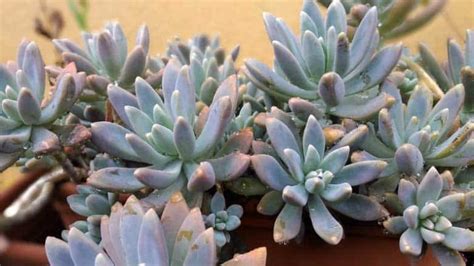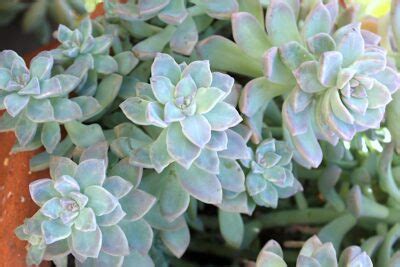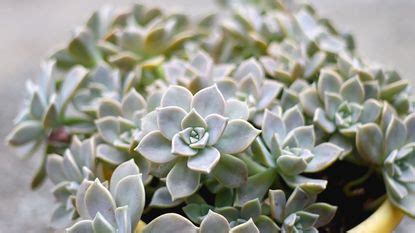Succulents are a popular choice for gardeners and home decorators alike, thanks to their unique beauty and low-maintenance nature. However, growing succulents successfully requires more than just placing them in a pot and hoping for the best. Whether you’re a seasoned gardener or a beginner looking to add some greenery to your home, understanding the specific needs of these resilient plants is key to ensuring they thrive. In this article, we’ll share expert tips on choosing the right succulent varieties, preparing the perfect soil and potting mix, mastering watering techniques, providing ideal lighting, and keeping pests at bay, so your succulents can
Explore this topic thoroughly with shzow.com
1. Choosing the Right Succulent Varieties
Selecting the right succulent varieties is crucial for creating a thriving garden that suits your environment and lifestyle. With thousands of succulent species available, it’s important to consider factors such as climate, available light, and your level of care commitment. For beginners, hardy varieties like Aloe, Echeveria, and Haworthia are excellent choices, as they are resilient and adaptable to various conditions. If you’re dealing with limited sunlight, opt for low-light tolerant succulents like Snake Plant or Jade Plant, which can thrive indoors. On the other hand, if you have a sunny outdoor space, sun-loving varieties like Sedum and Agave are ideal. Additionally, consider the aesthetic appeal—succulents come in a wide range of shapes, sizes, and colors, allowing you to mix and match for a visually stunning display. By choosing the right varieties, you can ensure your succulent garden not only looks beautiful but also flourishes with minimal effort.

2. Proper Soil and Potting Mix
The foundation of healthy succulents starts with the right soil and potting mix. Unlike typical houseplants, succulents require a well-draining soil that prevents excess moisture from lingering around their roots, which can lead to rot. A standard garden soil is usually too dense for succulents, so it’s essential to create a mix that mimics their natural arid environment.
To achieve this, combine a commercial cactus or succulent soil mix with additional materials like coarse sand, perlite, or pumice to improve drainage and aeration. This blend ensures that water flows freely through the soil, keeping the roots dry and healthy. If you prefer a DIY approach, mix two parts potting soil with one part sand and one part perlite or pumice for a balanced, well-draining medium.
Additionally, when choosing pots for your succulents, opt for containers with drainage holes at the bottom to allow excess water to escape. The right potting mix and soil preparation are vital to the long-term success of your succulent garden, providing the ideal conditions for growth and vitality.

3. Watering Techniques and Schedules
Watering succulents can be tricky, as their needs differ significantly from those of traditional houseplants. The key to successful watering lies in understanding the balance between too much and too little moisture. Succulents store water in their leaves, stems, and roots, which means they can survive longer periods without water. Overwatering is a common mistake that can lead to root rot and other issues.
The best approach is the “soak and dry” method. This involves thoroughly soaking the soil until water runs out of the drainage holes, ensuring that the entire root system receives moisture. After watering, allow the soil to dry out completely before watering again. Depending on the climate and the season, this might mean watering your succulents every 1-2 weeks in summer and even less frequently in winter when the plants are dormant.
It’s also essential to adjust your watering schedule based on the environment. Succulents in bright, warm conditions will dry out faster and need more frequent watering, while those in cooler, shaded areas require less. By closely monitoring your succulents and adjusting your watering routine accordingly, you can keep them healthy and vibrant.

4. Ideal Lighting Conditions
Lighting is one of the most crucial factors for growing healthy succulents. These plants thrive in bright, indirect sunlight, which mimics their natural desert environments. Most succulents need about six hours of light daily, but the intensity and duration can vary depending on the species. For indoor succulents, placing them near a south-facing window is ideal, as it typically provides ample light. However, if direct sunlight is too harsh, particularly in hot climates, consider using sheer curtains to diffuse the light and prevent leaf burn.
For outdoor succulents, choose a spot that gets plenty of morning sun but is shaded during the hottest part of the day. If your succulents start to stretch or lose their vibrant color, it’s a sign they need more light. Conversely, if they develop brown, scorched spots, they might be getting too much direct sun. By carefully managing light exposure, you can help your succulents maintain their shape, color, and overall health.
5. Pest Control and Maintenance Tips
Maintaining the health of your succulents involves more than just proper watering and lighting—it also requires vigilant pest control and regular upkeep. Common pests like aphids, mealybugs, and spider mites can be particularly troublesome for succulents, often hiding in the crevices of leaves and stems. To prevent infestations, regularly inspect your plants, especially around the base and under the leaves.
If you notice pests, treat them promptly with a natural insecticidal soap or a diluted solution of water and rubbing alcohol, applying it directly to the affected areas. Another effective method is to rinse the pests off with a strong stream of water, ensuring they don’t return.
Beyond pest control, routine maintenance such as removing dead leaves, rotating plants for even growth, and repotting every few years will keep your succulents thriving. Additionally, be cautious with fertilizers—succulents generally need little to none, and over-fertilizing can lead to weak, leggy growth. With consistent care and attention, your succulents will continue to flourish.
Growing succulents can be a rewarding experience when you follow the right care guidelines. By selecting suitable varieties, using proper soil, mastering watering techniques, ensuring adequate lighting, and maintaining vigilant pest control, you can cultivate a thriving succulent garden. With these expert tips, your succulents will not only survive but flourish, adding beauty and life to your home.
shzow.com
